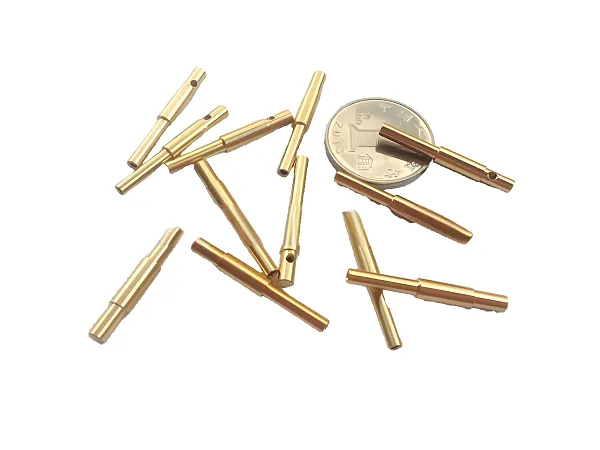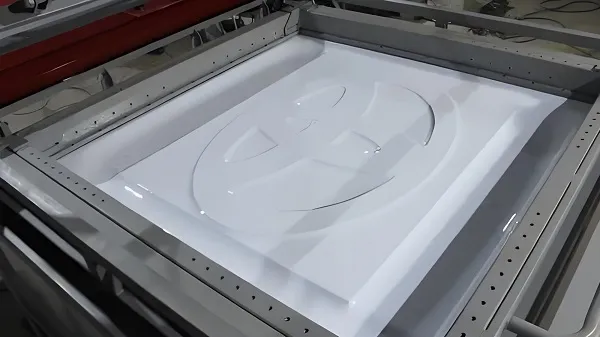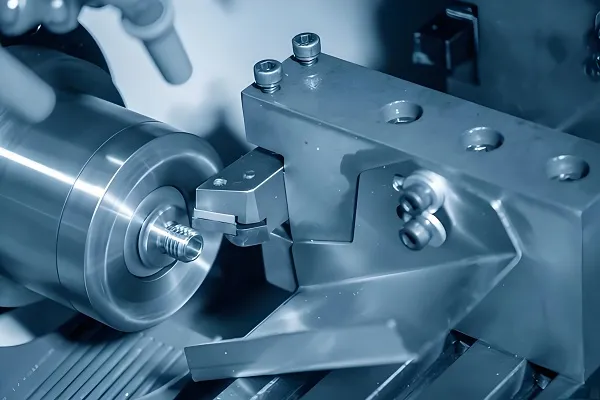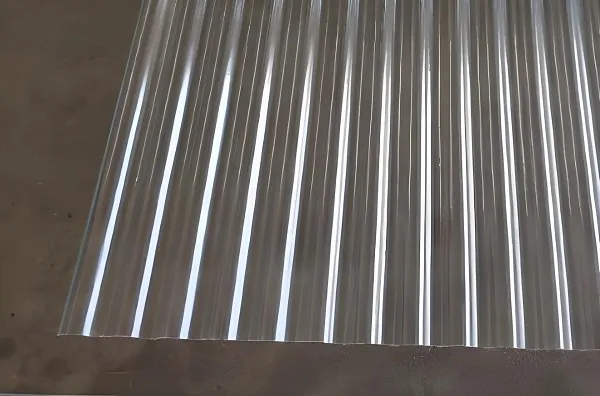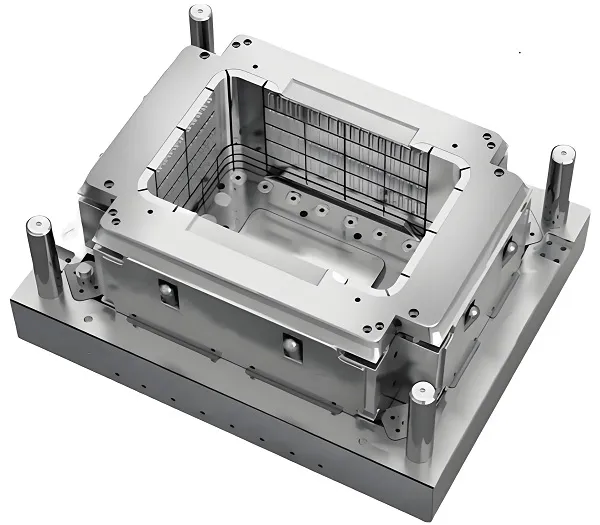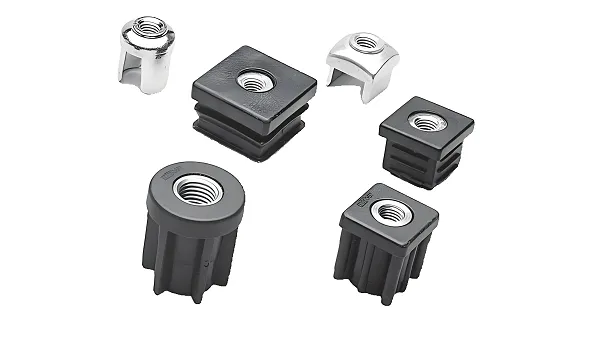Aluminum metal stamping is a process method of processing and forming aluminum by using a stamping die. It combines the excellent characteristics of aluminum, such as light weight, high strength and corrosion resistance, with the high efficiency and precision of the stamping process, and is widely used in a variety of fields, such as automotive, aerospace, electronics, home appliances, etc., providing high-quality, lightweight component solutions for these industries.

1. Principle of aluminum stamping technology
The technical principle of aluminum metal stamping is similar to general metal stamping, but optimized for the characteristics of aluminum. During the stamping process, the aluminum sheet is placed between the upper and lower dies of the die. Through the strong power of the press, the upper die presses downward to plastically deform the aluminum material, thus obtaining the desired shape and size of the part. The ductility and plasticity of aluminum is better, which makes the stamping process smoother and requires precise control of the stamping parameters to ensure the precision and quality of the product.
2. Customized Aluminum Stamping Products
Aluminum metal stamping products are customized according to the specific needs of customers. The customization process includes the steps of demand analysis, design and drawing, tooling manufacturing, material procurement, stamping production, post-processing (e.g. surface treatment, assembly, etc.) and delivery and acceptance. In the demand analysis stage, we fully communicate with customers to clarify the shape, size, quantity and performance requirements of the products; in the design drawing stage, we draw detailed drawings and design suitable stamping dies according to the demand; in the die manufacturing and material purchasing stage, we select high-quality die materials and aluminum; in the stamping production stage, we utilize stamping presses to carry out mass production; and in the post-processing stage, we carry out the necessary In the post-processing stage, necessary processing and inspection are carried out to ensure that the products meet the customer’s requirements; finally, in the delivery and acceptance stage, the products are delivered to the customers and subject to on-site installation, debugging and acceptance.
3. Introduction of aluminum metal stamping materials
Materials: Materials commonly used for aluminum metal stamping include various grades of aluminum alloys, such as 1000 series (pure aluminum), 2000 series (aluminum-copper alloy), 3000 series (aluminum-manganese alloy), 5000 series (aluminum-magnesium alloy), 6000 series (aluminum-magnesium-silicon alloy) and 7000 series (aluminum-zinc alloy).
Lightweight and High Strength: Aluminum alloys have low density but high strength, making them suitable for manufacturing parts that require lightweighting.
Corrosion resistance: Aluminum alloys are easy to form dense oxide film on the surface and have good corrosion resistance.
Good processability: Aluminum alloy is easy to press forming, and it is not easy to rebound after pressing, which is conducive to ensuring the precision and shape stability of the products.
Recyclability: Aluminum alloy has good recyclability and meets the requirements of environmental protection.
4. Characteristics of aluminum metal stamping products
Products: Aluminum metal stamping products are available in a wide variety of products, including but not limited to automotive body parts (e.g., doors, hoods, roofs, etc.), aerospace parts (e.g., aircraft skins, wing girders, etc.), electronic product housings (e.g., cell phones, tablet PCs, etc.), and home appliance parts (e.g., refrigerator door panels, washing machine inner tubes, etc.).
Precision: Aluminum metal stamping products can achieve high precision requirements, such as dimensional tolerances can be controlled within ± 0.1mm.
Surface quality: the surface of stamped aluminum is flat and smooth, and it can be anodized, sprayed and other surface treatments according to the needs to improve the aesthetics and corrosion resistance of the products.
Production efficiency: the aluminum metal stamping process has high production efficiency and is suitable for mass production, which can significantly reduce production costs.
Lightweight effect: parts made of stamped aluminum alloy have a significant lightweight effect, which helps to improve the overall performance and fuel economy of the product.
Aluminum Metal Stamping FAQ
Q1: Why choose aluminum stamping?
A1: Aluminum metal stamping combines the excellent characteristics of aluminum, such as light weight, high strength, corrosion resistance, etc. with the high efficiency and precision of the stamping process, which is capable of producing high-quality, lightweight parts and meets the needs of modern industry for light weight, energy saving and emission reduction.
Q2:What fields is aluminum stamping applicable to?
A2: Aluminum metal stamping is widely used in automotive, aerospace, electronics, home appliances and many other fields, providing important parts solutions for these industries.
Q3:How to ensure the precision and quality of aluminum metal stamping products?
A3: Ensuring the precision and quality of aluminum metal stamping products needs to start from a number of aspects, including selecting high-quality die materials and aluminum, precisely controlling stamping parameters, adopting advanced stamping equipment and processes, and strengthening quality control and inspection during the production process. At the same time, it is also necessary to carry out regular maintenance and repair of the mold to ensure the precision and stability of the mold.

